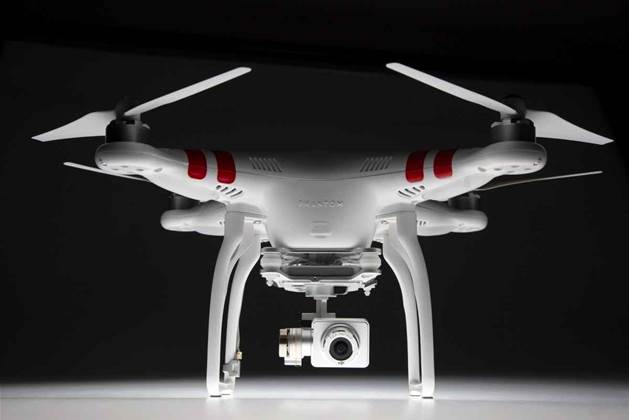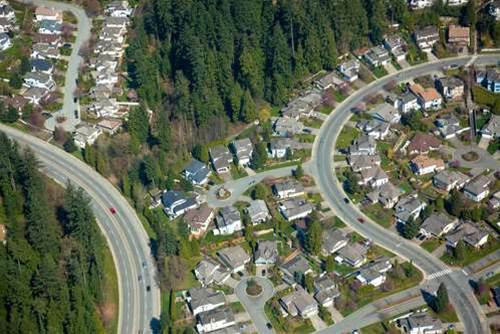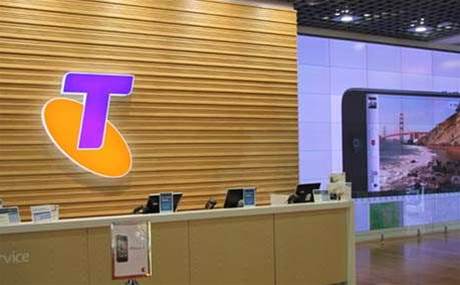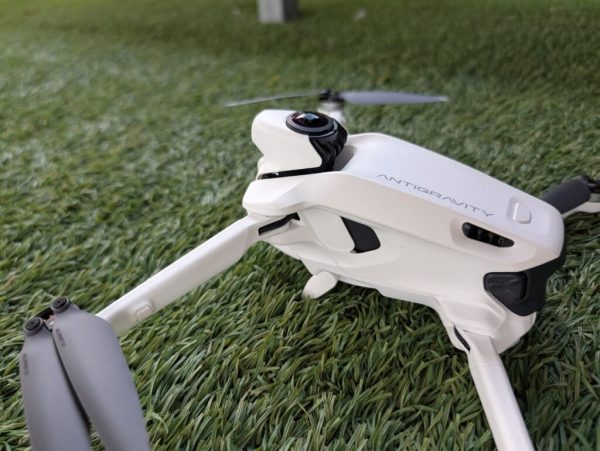US Denies Authorization for Fresh Designs from DJI and Other Overseas Drones
We independently review everything we recommend. When you buy through our links, we may earn a commission which is paid directly to our Australia-based writers, editors, and support staff. Thank you for your support!
Brief Overview
- The US FCC has denied approvals for new drone designs from Chinese firms like DJI and Autel.
- This action is part of the US’s larger initiative to address national security threats linked to international drones.
- The ruling does not impact drones that have previously received FCC approval.
- DJI, a significant competitor in the US drone sector, has voiced its dissatisfaction regarding the ruling.
- The US government refers to potential dangers such as unauthorized surveillance and data theft as key issues.
- This decision is in line with the US’s goal to foster local drone manufacturing.
US Strengthens Drone Approval Process Amid Security Issues
The Federal Communications Commission (FCC) in the United States has added prominent Chinese drone manufacturers DJI and Autel to its “Covered List”. This inclusion effectively prohibits these firms from gaining approval to market new drone models or parts in the US, citing national security concerns.

Tensions Rise with Chinese Technology
This ruling signals a notable increase in tensions between Washington and Chinese tech companies. The FCC’s measures are part of a wider effort to limit imports of Chinese technology, following the US Commerce Department’s announcement regarding impending regulations on Chinese drone imports.
Effects on Current Drones
The FCC has specified that its ruling will not impact the import, sale, or operation of drones that have already been approved. Consumers who possess drones from these manufacturers may continue to operate them legally, indicating that the ruling primarily affects forthcoming sales and new product introductions.
Response from DJI
DJI, which commands a significant portion of the US commercial drone landscape, has expressed its regret over the FCC’s decision. The company pointed out that the executive branch has not provided specific information supporting the ruling. While not specifically called out, DJI perceives this as an obstacle to launching new drone models in the US.
National Security Issues in the US
The security assessment that prompted this decision brought to light various risks, such as unauthorized surveillance and vulnerabilities regarding sensitive data. The US government seeks to lessen its dependence on foreign drones, in line with President Donald Trump’s earlier executive order aimed at boosting domestic drone production.
Political Responses and Industry Consequences
US officials, including Sebastian Gorka from the National Security Council, have emphasized the significance of US-made drones for national security. The ruling has also garnered support from lawmakers concerned about the counterintelligence threats posed by foreign drones.
Conclusion
The US FCC’s determination to block new drone model approvals from Chinese firms such as DJI highlights escalating worries regarding national security threats. Although existing drones remain unaffected, the ban prevents the rollout of new models, aligning with broader US objectives to enhance security and support local manufacturing.













